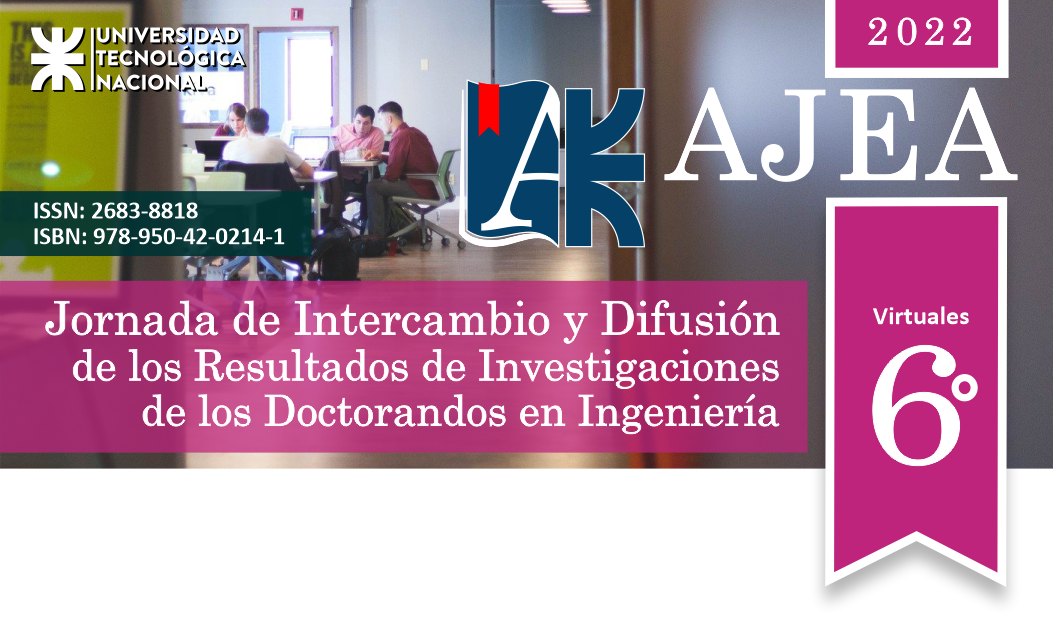Fracture in rocks evaluation from the detection of Acoustic Emission
DOI:
https://doi.org/10.33414/ajea.1090.2022Keywords:
Acoustic Emission, rock fracturing, CompressionAbstract
Acoustic emission (AE) events, also called high-frequency microseismic events, are generated in rocks by the formation of cracks under high mechanical stresses. This phenomenon has provided the basis for a method to detect areas of microcracks and macrocracks or high stress zones in rocks without knowing the mechanical properties or stress state. This thesis aims to develop a data analysis methodology that combines the study of classical AE parameters, the localization of elastic wave emitting sources and the analysis of the detected signals in time and frequency to assess the severity of damage (fracturing) of rocks in the laboratory. This generalizable method will have applications for fracture monitoring in rock masses under stress, such as in mountain tunnels under the action of seismic stresses, in the rock walls of oil drilling wells subjected to load changes by fluid injection or in volcanoes where the rock is subjected to the pressure of the magmatic system. In this work we present the advances related to the acquisition of the signals received from AE in a uniaxial compression test of rock subjected in proximity to rupture. The different parameters acquired by the AE equipment during the test are shown and it is determined which are the most representative to evaluate the fracturing of the sample.










